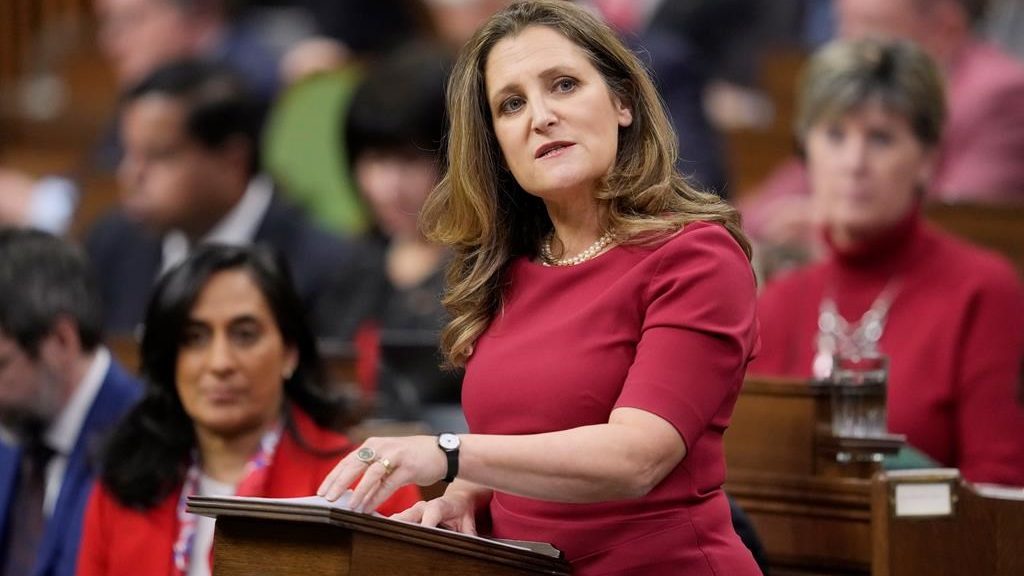European Central Bank easing emergency pandemic support
Posted Sep 9, 2021 11:58:33 AM.
FRANKFURT, Germany (AP) — The European Central Bank says it is dialing back some of its massive emergency pandemic support for the economy. The move comes amid signs of increasing business activity and consumer readiness to spend as the 19 countries that use the euro rebound from the coronavirus recession.
The bank said Thursday that it could conduct its bond purchase stimulus at “a moderately lower pace” than in recent months. Since March the statement has said that the bank would purchase bonds at a “significantly higher pace” than in the first three months of the year.
The 1.85 trillion ($2.2 trillion) bond purchase program has no set amount for purchases each month. Analysts have suggested the bank could ease purchases back back to 70 billion euro or 60 billion euros, from roughly 80 billion per month since the “significantly higher” announcement.
Analysts who follow the bank say that bank head Christine Lagarde is likely to underline that Thursday’s move does not represent a decision to end the program, which is slated to run at least through the end of March, 2022.
The eurozone economy emerged from recession in the second quarter with growth of 2.2% and a number of economic indicators show activity is picking up strongly. That leaves the eurozone on track to recover its pre-pandemic level around the end of this year or in the first months of next year. Europe’s recovery initially lagged those in the U.S. and China due in part to initial short supply of vaccines in early 2021. But Europe has since made progress and reached its goal of vaccinating 70% of the adult population, although there are wide differences among countries.
While the current picture is brighter, the recovery faces hurdles from supplier bottlenecks such as the shortage of semiconductor parts that has held back production and sales in the auto industry, and from the spread of the delta variant of the coronavirus, which has seen case numbers rise in some countries amid worries that the fourth wave could mean more trouble for the economy this winter.
The decision comes as central banks including the U.S. Federal Reserve are looking ahead to how they will exit massive pandemic support efforts that have come alongside increased government spending across the developed world.
Lagarde’s assessment at her post-meeting news conference will be closely watched because any shift in central bank policy can have wide-ranging effects on borrowing costs, stock and bond markets and growth. For one thing, the ECB has played a key role in cushioning the blow from the pandemic by holding down bond market rates. That has made it easier for governments to borrow and deliver crucial support to ordinary people and businesses large and small through tax breaks, loan guarantees and salary support for furloughed workers.
The U.S. Federal Reserve indicated Aug. 27 it was moving closer to scaling back its $120 billion in monthly bond purchases, although weaker-than-expected data on U.S. jobs growth on Friday underlined that tapering may be farther off than first thought. The Bank of England maintained its stimulus levels at its Aug. 5 meeting, although it laid out a road map for eventually starting to reduce its bond purchases in years ahead.
Higher inflation across the globe has raised questions about whether central banks will eventually need to tighten monetary policy to cool off the economy. In the ECB’s case, inflation of 3% in August exceeds the bank’s goal of 2%, but bank officials and economists think that is due to temporary factors. The bank foresees inflation of 1.5% next year and only 1.4% in 2023. New projections are due Thursday; if the inflation outlook is raised, that would on balance suggest an earlier reduction in stimulus.
By David Mchugh, The Associated Press










